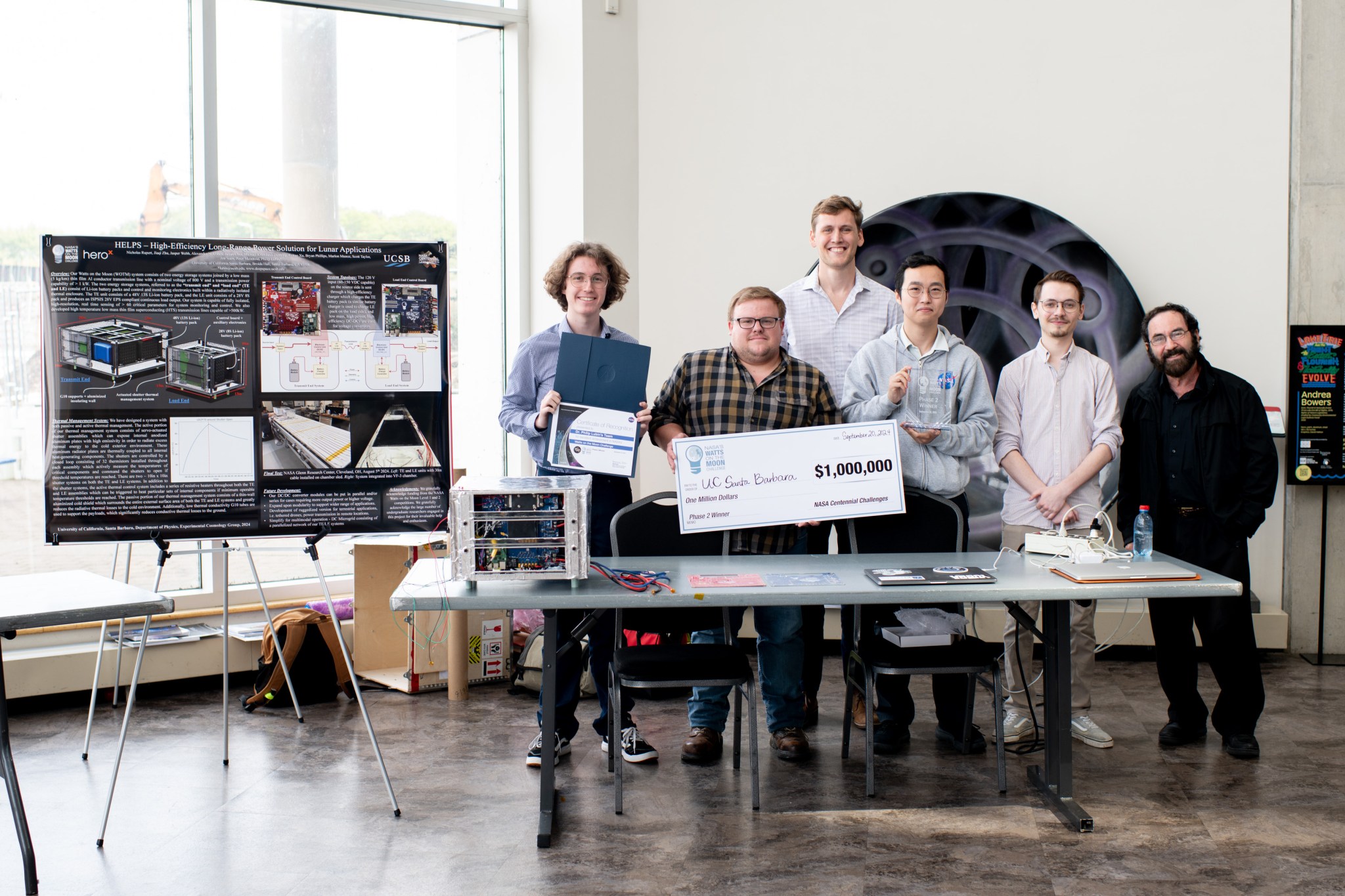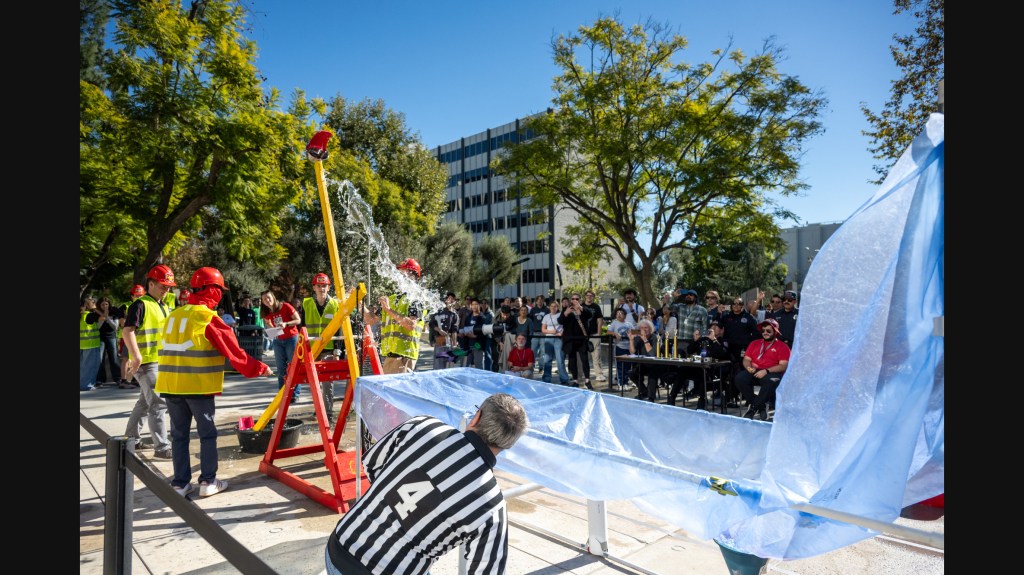
NASA has awarded a total of $1.5 million to two U.S. teams for their novel technology solutions addressing energy distribution, management, and storage as part of the agency’s Watts on the Moon Challenge. The innovations from this challenge aim to support NASA’s Artemis missions, which will establish long-term human presence on the Moon.
This two-phase competition has challenged U.S. innovators to develop breakthrough power transmission and energy storage technologies that could enable long-duration Moon missions to advance the nation’s lunar exploration goals. The final phase of the challenge concluded with a technology showcase and winners’ announcement ceremony Friday at Great Lakes Science Center, home of the visitor center for NASA’s Glenn Research Center in Cleveland.
“Congratulations to the finalist teams for developing impactful power solutions in support of NASA’s goal to sustain human presence on the Moon,” said Kim Krome-Sieja, acting program manager for NASA Centennial Challenges at NASA’s Marshall Space Flight Center in Huntsville, Alabama. “These technologies seek to improve our ability to explore and make discoveries in space and could have implications for improving power systems on Earth.”
The winning teams are:
- First prize ($1 million): H.E.L.P.S. (High Efficiency Long-Range Power Solution) of Santa Barbara, California
- Second prize ($500,000): Orbital Mining Corporation of Golden, Colorado
Four teams were invited to refine their hardware and deliver full system prototypes in the final stage of the competition, and three finalist teams completed their technology solutions for demonstration and assessment at NASA Glenn. The technologies were the first power transmission and energy storage prototypes to be tested by NASA in a vacuum chamber mimicking the freezing temperature and absence of pressure found at the permanently shadowed regions of the Lunar South Pole. The simulation required the teams’ power systems to demonstrate operability over six hours of solar daylight and 18 hours of darkness with the user three kilometers (nearly two miles) away from the power source.
During this competition stage, judges scored the finalists’ solutions based on a Total Effective System Mass (TESM) calculation, which measures the effectiveness of the system relative to its size and weight – or mass – and the total energy provided by the power source. The highest-performing solution was identified based on having the lowest TESM value – imitating the challenges that space missions face when attempting to reduce mass while meeting the mission’s electrical power needs.
Team H.E.L.P.S. (High Efficiency Long-Range Power Solution) from University of California, Santa Barbara, won the grand prize for their hardware solution, which had the lowest mass and highest efficiency of all competitors. The technology also featured a special cable operating at 800 volts and an innovative use of energy storage batteries on both ends of the transmission system. They also employed a variable radiation shield to switch between conserving heat during cold periods and disposing of excess heat during high power modes. The final 48-hour test proved their system design effectively met the power transmission, energy storage, and thermal challenges in the final phase of competition.
Orbital Mining Corporation, a space technology startup, received the second prize for its hardware solution that also successfully completed the 48-hour testwith high performance. They employed a high-voltage converter system coupled with a low-mass cable and a lithium-ion battery.
“The energy solutions developed by the challenge teams are poised to address NASA’s space technology priorities,” said Amy Kaminski, program executive for Prizes, Challenges, and Crowdsourcing in NASA’s Space Technology Mission Directorate at NASA Headquarters in Washington. “These solutions support NASA’s recently ranked civil space shortfalls, including in the top category of surviving and operating through the lunar night.”
During the technology showcase and winners’ announcement ceremony, NASA experts, media, and members of the public gathered to see the finalist teams’ technologies and hear perspectives from the teams’ participation in the challenge. After the winners were announced, event attendees were also welcome to meet NASA astronaut Stephen Bowen.
The Watts on the Moon Challenge is a NASA Centennial Challenge led by NASA Glenn. NASA Marshall Space Flight Center manages Centennial Challenges, which are part of the agency’s Prizes, Challenges, and Crowdsourcing program in the Space Technology Mission Directorate. NASA contracted HeroX to support the administration of this challenge.
For more information on NASA’s Watts on the Moon Challenge, visit:
-end-
Jasmine Hopkins
Headquarters, Washington
321-432-4624
jasmine.s.hopkins@nasa.gov
Lane Figueroa
Marshall Space Flight Center, Huntsville, Ala.
256-544-0034
lane.e.figueroa@nasa.gov
Brian Newbacher
Glenn Research Center, Cleveland
216-469-9726
Brian.t.newbacher@nasa.gov
Details
Related Terms
from NASA https://ift.tt/3vMLQ8j


No comments:
Post a Comment